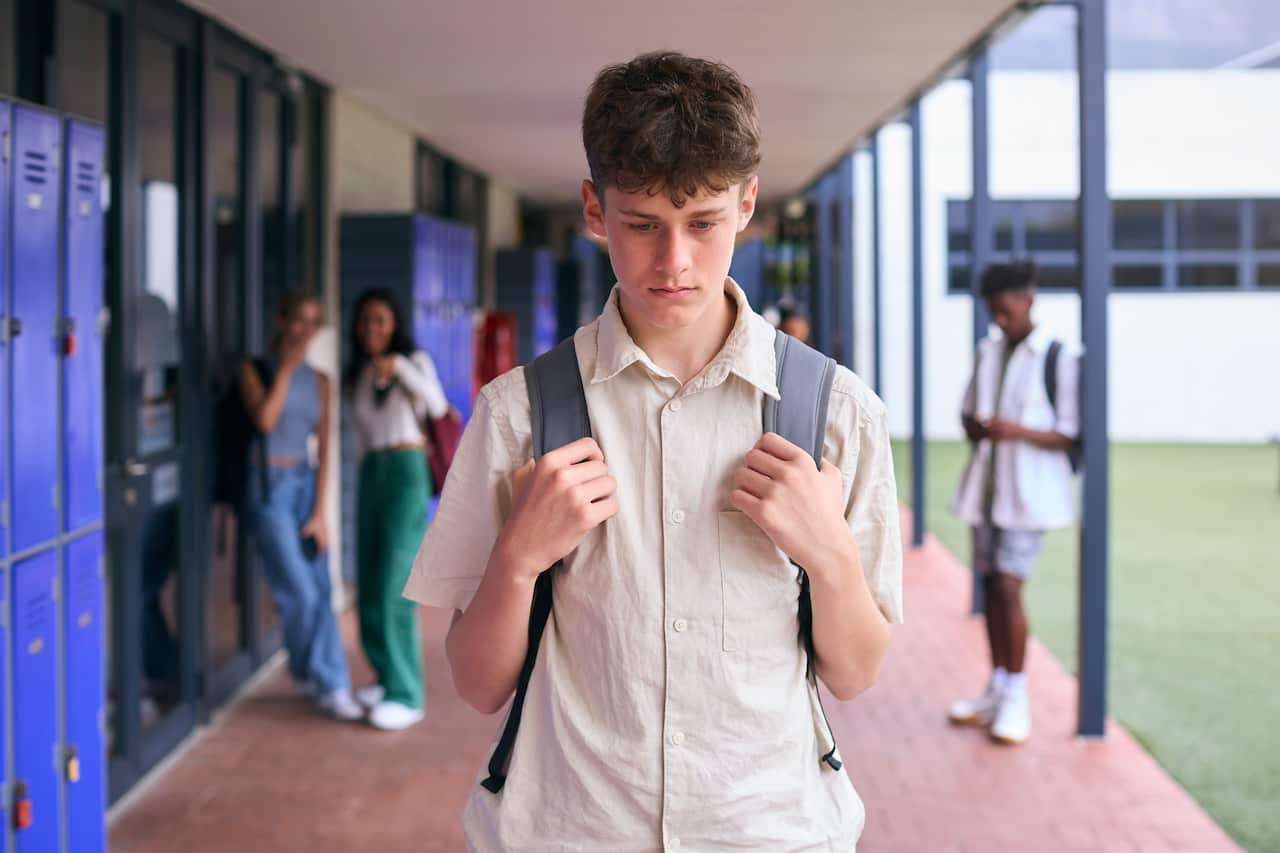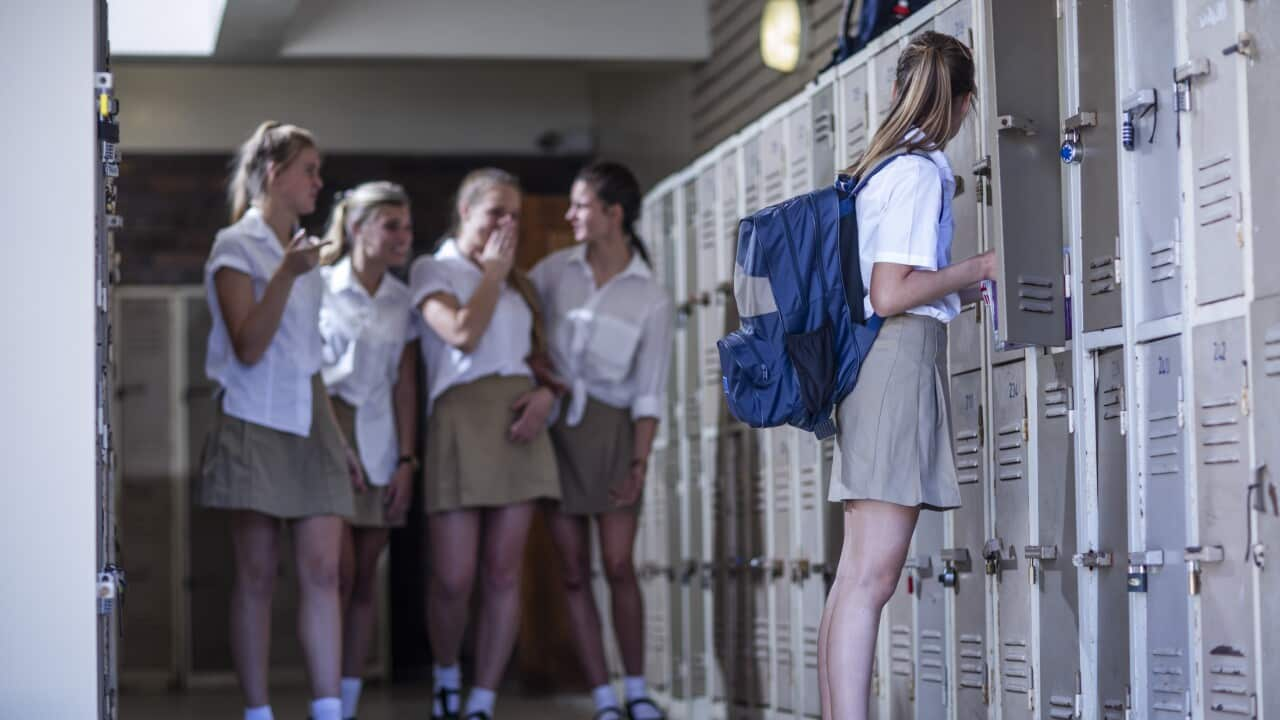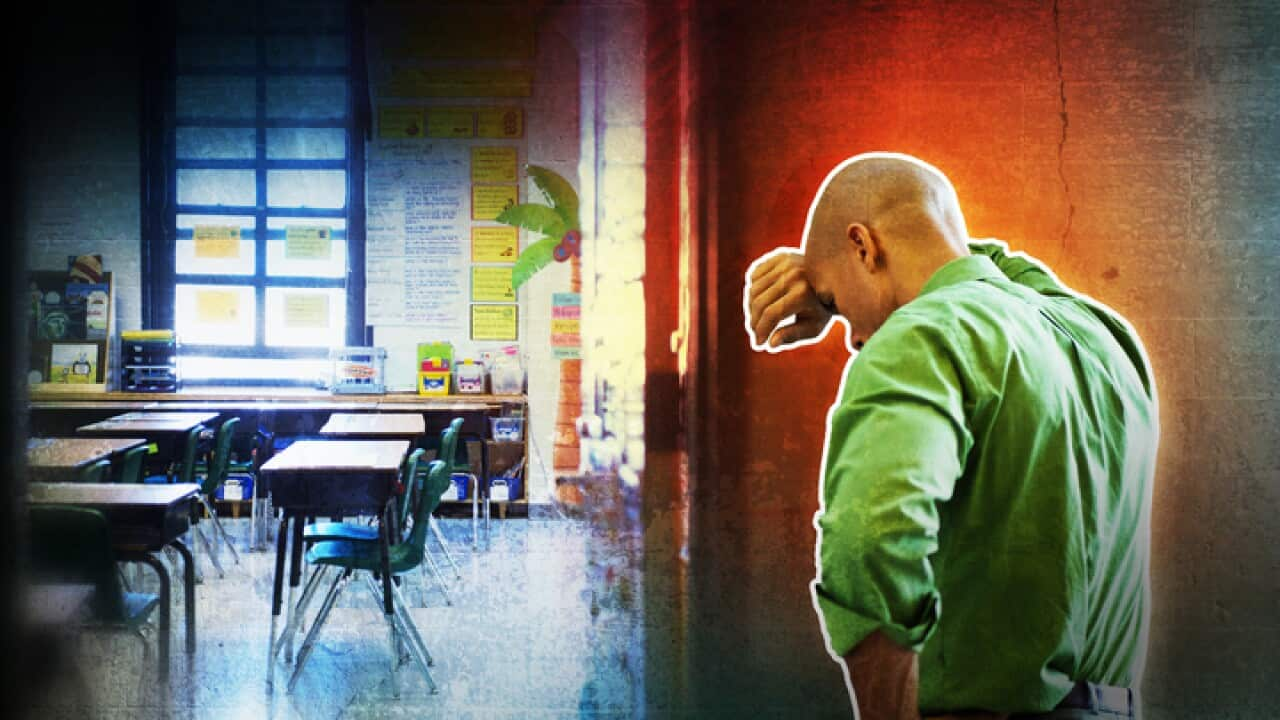Over the weekend, the federal government released its rapid review into school bullying.
Authored by clinical psychologist Charlotte Keating and suicide prevention expert Jo Robinson, the review received more than 1,700 submissions from parents, students, teachers and school staff. The majority were from parents.
Amid ongoing community concerns about the devastating impacts of bullying, what does the review get right? Where are the weak spots?
And is a call for schools to respond to a complaint of bullying in two days reasonable?
What did the review find?
The review acknowledges bullying is not a single issue with a single fix.
Bullying sits on a continuum of harmful behaviours that cuts across wellbeing, behaviour, attendance, engagement and family functioning.
It also notes students are not the only ones who bully. Sometimes staff and parents are the perpetrators.
The review calls for school cultures that prioritise empathy and kindness — two of the key priorities in our current national education declaration.
The review recommends clear policies and procedures around bullying, simple reporting pathways, and more training for teachers to help them manage their classrooms and deal with bullying.
Is it reasonable for schools to act within 2 days?
Many caregivers during the review said they felt nothing happened after reporting concerns to their child's school. The first casualty of many bullying incidents is the relationship and trust between families and the school.
One of the most prominent recommendations is schools should respond within two school days to a complaint or incidence of bullying.
This requires schools to show they have provided immediate safety measures and started an unbiased investigation. It recognises more complex cases may take longer to resolve, but this initial action is essential.
Setting a predictable two-day clock signals harmful behaviour will be taken seriously and the school will keep people informed as the process unfolds. This is realistic for schools — noting complex cases will take longer to properly resolve.
As the review noted, schools that already do this well have a simple reporting pathway and communication templates.
Time is provided for staff to see students outside of class and there are clear escalation routes if concerns are not resolved.
There is visible early action so students feel protected and families know what will happen next.
What does the review get right?
The review is grounded in research evidence. It acknowledges the multifaceted nature of bullying, puts respectful relationships at the centre, and treats bullying as a whole school community issue.
This is what current research suggests is the best way to approach this damaging issue.

The federal government announced a $10 million investment into a new national plan to combat school bullying on Saturday. Source: Getty / monkeybusinessimages
It backs practical approaches to enable students to support peers and report concerns if they see something wrong.
Importantly, it allows schools to tailor how they work. This is especially important in rural and remote areas where staffing, services and community relationships differ.
Are there risks or weak spots?
There is a risk of a 'policy pile-on'. Schools are already dealing with a crowded landscape of bullying guidelines and programs.
Adding more without pruning or aligning could create confusion and unnecessary extra work for schools, who are already stretched and short on time.
The review notes how data collection could help research and further responses to bullying. But more work is needed here.
Tracking and reporting only work if there are shared definitions, data collection infrastructures and clear privacy rules.
Meanwhile, the digital landscape is moving at a rapid pace. Schools also need more guidance on image-based abuse and deepfakes.
What's missing?
We did not hear much about how bullying prevention interacts with existing approaches to students' wellbeing, behaviour and attendance.
The review could have said more about the tensions between keeping students safe and making sure all students have access to education.
Restorative justice approaches within schools, if done well, can help young people understand the impact of their actions.
Families of bullying victims may want to see a perpetrator "expelled" or "suspended". But research shows this is a damaging approach.
More is needed to spell out what should happen when a matter moves beyond the classroom to school leadership and when it involves external agencies, such as police.
$10 million isn't much
The government has announced A$10 million for a national awareness campaign and new resources for teachers, students and parents.
But awareness alone is not enough. Schools need time, coaching and systems that support teachers and professional staff to do the work. So the $10 million is a limited beginning.
More commitment is needed to encourage states and other school sectors to increase funding for dedicated wellbeing roles within schools, data capability, coaching and time for teachers, so any new expectations become routine.
Ultimately, the states and territories are responsible for schools, so let's hope the joint commitment to address bullying — expressed by all education ministers on Friday — remains central to their planning and funding decisions.
Matthew White is a lecturer and researcher in inclusive education at the Australian Catholic University.
Paul Kidson is an associate professor in educational leadership at the Australian Catholic University.
Share




